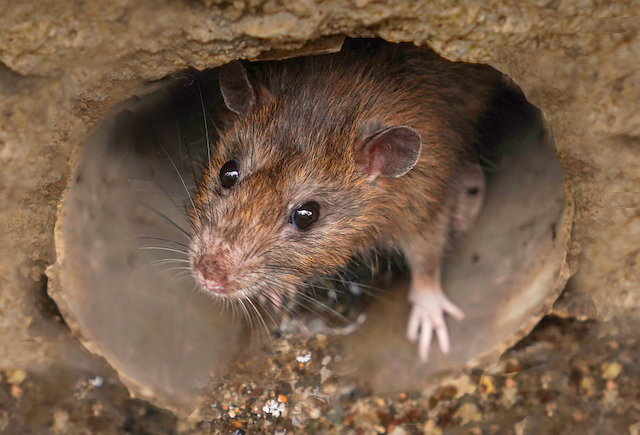Your home, which should be a safe place to be, could have hidden residents that, if not caught, can become silent saboteurs—rats. Because they are active at night and can move quickly, these sneaky animals can build busy colonies behind your walls, destroying your property and your peace of mind. In this blog post, we’ll reveal the secret lives of house rats by showing you their behaviours, the dangers they pose, and the best ways to find out about and stop their sneaky activities.
1. Nocturnal Intruders: Rats are nocturnal animals that use the dark to hide while they explore and cause trouble. Rats come out of their hiding places in the walls when the sun goes down and your home becomes quiet. Because they are active at night, they can move around without being seen, which makes it hard for homes to know how bad the problem is until signs show up.
2. Sneaky Ways to Get in and Out: The walls of your house are both a defence and a way for rats to get around. Rats and mice can get in through cracks in the base, holes in the walls, or even small holes in the floor. Once they get inside, they can easily find their way around the maze of your walls, making a system of secret passageways for movement and safety.
3. Rapid Reproduction in the Shadows: Rats are actively reproducing within the secret limits of your walls. In one year, a single pair of rats can have many litters, and the safe environment of your home’s infrastructure is perfect for them to grow quickly. What may begin as a small family of rats can quickly grow into a full-on invasion.
4. Structural Saboteurs: Rats are planning to destroy things behind the walls. Their constant need to chew and gnaw makes it dangerous for the structure of your house. Rats eat everything in their path, from electrical lines to wooden beams. This can cause fires, damage insulation, and weaken building materials.
5. Sneaky Signs of an Infestation: Figuring out how rats live in homes takes close attention. If you hear scratching sounds coming from the walls, especially at night, that could be a sign. It’s possible that rats have left their mark on walls or baseboards by leaving smudges, greasy tracks, and small paw prints.
6. Health Risks That Are Hard to See: Rats’ sneaky actions pose both structural and health risks. Rat pee and feces that are hidden behind walls can make the air you breathe dirty. They carry pathogens that can cause diseases like leptospirosis and salmonellosis. This shows that there are both obvious and invisible threats.
Impact on mental health: Knowing that rats live inside the walls can make people feel bad about their mental health. There is a feeling of unease because people are always afraid of what they can’t see and know that damage could happen. Dealing with the problem requires more than just killing the animals. It also means returning peace and safety.
8. Revealing the Secrets: If you want to find out what the rats that live in your home are up to, you have to take action. Visual and auditory checks should be done on a regular basis to help find early signs of infestation. Covert infiltrations can be stopped by sealing up gaps and cracks that could be used as entry spots.
Rats that live in homes are more than just quiet people living inside; they are sneaky thieves who threaten both the physical and mental health of your house. The first thing you need to do to take back your space is to learn about their hidden lives. By carefully watching for small signs and taking preventative steps, people can peek into the secret lives of rats and make sure their homes are safe, healthy, and free of the sneaky activities of these nocturnal invaders.
